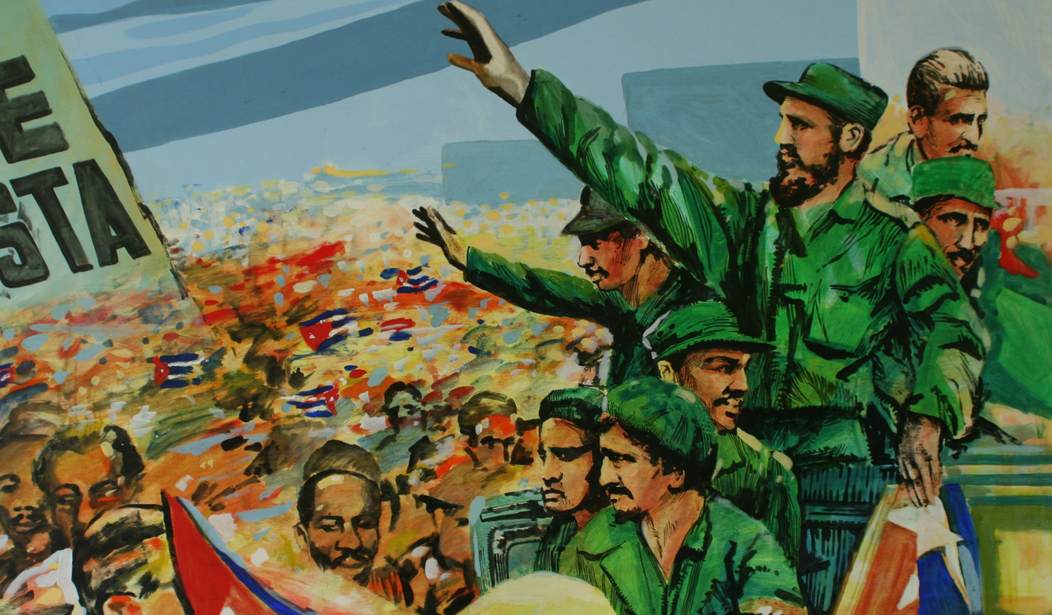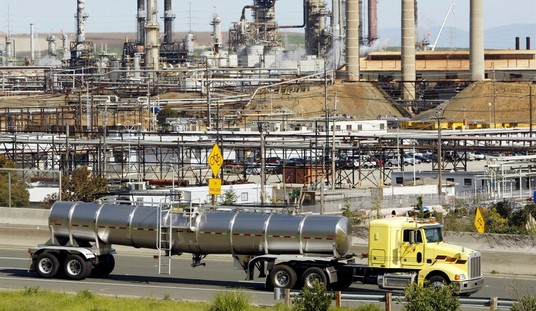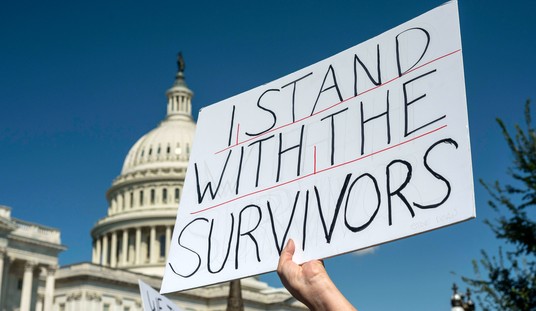Fidel Castro Ruz, Cuban dictator of almost five decades, has been proclaimed dead by official Cuban sources. No cause of death has been officially given though Castro had been ill since July of 2006 when it was suddenly announced that he underwent emergency intestinal surgery and was “temporarily” handing over power to his younger brother Raul. Castro is survived by his longtime companion Dalia Soto del Valle and several children from various relationships. There has probably been no modern leader with as much disinformation surrounding his biography as Fidel Castro.
Castro was born in Birán in eastern Cuba on August 13, 1926. He was born out of wedlock, the third of seven children of Angel Castro Argiz and his then teenaged servant Lina Ruz Gonzalez. Castro’s father, a Spaniard who fought as a loyalist in the losing cause against Cuban independence, emerged as a wealthy landowner with a reputation for stealing land and property. The elder Castro is said to have harbored anti-American sentiments because of the U.S. victory in the Spanish-American War. Apparently those sentiments were passed on to Fidel, as they were a hallmark of Castro’s rule in addition to deception, capricious micromanagement, and egomania.
Fidel Castro’s childhood was indelibly marked by his illegitimate status. His academic career was plagued by discipline problems. Fidel’s father Angel eventually divorced his first wife and in 1943 he finally married Lina and recognized her children, including Fidel and Raul, who bears no resemblance to his brothers and has long been suspected to be the product of an affair Lina had with a corporal in Cuba’s rural guard.
A little-known episode from Fidel Castro’s childhood years took place in 1940 when he wrote a letter to U.S. President Franklin Roosevelt in which he lied about his age, saying he was two years younger than he really was and asking Roosevelt for a $10 bill. History professor Antonio de la Cova characterizes this as the first documented lie told by Fidel Castro and a sign of a child who was highly deceitful and manipulative. It also shows an early awareness of American power. In the letter, Castro offers to show Roosevelt where Cuba’s mineral wealth is hidden in exchange for the money.
In Havana’s exclusive Belen Jesuit school for boys, where his teachers were mainly Spanish Jesuits who themselves rejected American political and cultural values, Castro earned various nicknames such as el loco, the madman. Upon graduation, he enrolled in the University of Havana to study law. While there, Castro acquired a reputation as a violent agitator and gangster who often carried a gun. In 1947, Castro participated, with other Cuban recruits, in an ill-fated attempt to invade the Dominican Republic and depose the Dominican dictator Rafael Trujillo, marking the first in a series of foreign interventions Castro would pursue throughout his life. During his university days Castro was implicated in the murder of a rival student leader, Manolo de Castro (no relation). He also participated in the attempted murder of Congressman Rolando Masferrer in September 1948.
Notably, Castro participated in a deadly riot that broke out in Bogotá, Colombia, in 1948 after a presidential candidate in that country was assassinated. It seemed that wherever Fidel Castro went violence followed. Later that same year Castro married Mirta Diaz-Balart, received a 1000-peso gift from Fulgencio Batista, and honeymooned in the United States. Castro’s oldest son, Fidelito, was born to Fidel and Mirta in 1949. The following year, Fidel obtained a law degree from the University of Havana.
Fidel Castro never distinguished himself as an attorney. Instead, he focused his attention toward politics and became involved with Cuba’s Ortodoxo Party. On March 10, 1952, Fulgencio Batista, who had served as Cuba’s first president under the country’s new Constitution of 1940, ousted incumbent President Carlos Prio Socarras in a coup d’état and set a chain of events in motion that would bring Castro to power before the end of the decade.
On July 26, 1953, in an attempt to oust Batista, Castro led a force of 160 men, including his brother Raul, in a poorly planned attack on the Moncada Cuban army garrison in the city of Santiago and a rural guard barracks in the city of Bayamo, killing nineteen Cuban soldiers and policemen and nine civilians. In turn, sixty-one of the attackers were killed, 50 of those having been summarily executed after surrendering. Castro escaped unharmed and the Catholic Church negotiated his surrender. Castro was convicted and sentenced to fifteen years in prison for his bloody version of the “Beer Hall Putsch.”
While in prison Castro wrote a manifesto titled “History will absolve me,” which is reminiscent of Hitler’s Mein Kampf. Castro claimed that the title came from the speech he gave in his own defense at trial. However, Professor de la Cova has cited contemporary published accounts citing the speech to prove that the true phrase he uttered was “history definitely will say it all.”Fidel Castro and thirty-one of his followers were released in May 1955 after just twenty-two months in prison thanks to a general amnesty passed by the Cuban Congress and signed by Batista. Once freed from prison, Castro divorced Mirta and went into exile in Mexico where he met Argentine Ernesto “Che” Guevara. The Castro brothers, along with Guevara, trained a group of Cuban rebels with the idea of landing an expedition that would spark a general uprising throughout the island. They bought a yacht named “Granma” and set out for Cuba. The landing was a disaster and most of the invaders perished or disbanded, but the Castros, Guevara, and a dozen others survived and made it to Cuba’s Sierra Maestra Mountains. Once there they began their guerrilla campaign to little effect.
In February 1957, New York Times journalist Herbert Matthews wrote a series of articles about Castro in which he painted the bearded revolutionary as a modern-day Robin Hood. After the failed Moncada attack Castro had become renowned in Cuba, and due to Herbert Matthews, he became a celebrity in the United States. The American media’s love affair with him has never waned.
Castro’s 26th of July movement was only one of the rebel groups fighting for the ouster of Fulgencio Batista, but perhaps the most famous. The group used propaganda to great effect to disseminate its proposed program, which included agrarian reform, a return to the constitution of 1940, and free elections within one year. While fighting in the mountains, Fidel Castro penned a letter to his confidant Celia Sanchez in which he stated: “Once this war is over I will start what for me is a much longer and bigger war, the war I am going to wage against the Americans. I realize this will be my true destiny.”
U.S. support for Batista began to erode and in what was perceived as a vote of no confidence by the Cuban people, the U.S. canceled a shipment of arms to Batista in March of 1958. Unable to regain control of the country, Batista finally fled Cuba in the early morning hours of January 1, 1959, paving the way for Fidel Castro’s seizure of power.
Once arriving triumphantly in Havana, Castro and Guevara led a reign of terror, which included televised show trials for alleged war crimes and hundreds of firing squad executions. In some cases those who were found innocent were retried until the desired verdict was reached. In one case, Commandant Camilo Cienfuegos publicly threatened to commit suicide if accused Batista Major Pedro Morejon was acquitted.
Manuel Urrutia, Fidel Castro’s hand-chosen president, resigned in July 1959, officially turning over power to Castro himself. Before the end of his first year Castro again turned to the Dominican Republic, where he sent a force to attempt to replicate the Cuban insurgency, this time against Trujillo.
Despite his consistent denial of being a communist, Castro appointed old-guard Cuban communists to key positions, a move that raised suspicions among many of his followers. Castro began consolidating power and jailed many of his former comrades turned critics. He also began to systematically shut down Cuba’s press and media.
In 1960, Soviet Vice Premiere Anastas Mikoyan visited Castro in Havana and signed an agreement to exchange Soviet oil for Cuban sugar. The American oil companies in Cuba refused to refine the Soviet crude and Castro in turn expropriated their assets. Within a year, the regime confiscated all U.S. assets in Cuba and the U.S. responded by ending diplomatic relations and imposing a commercial embargo on the island nation.
After a CIA-trained brigade of Cuban exiles attempted to invade Cuba at the Bay of Pigs in 1961, Castro declared that the Cuban Revolution was socialist in nature and steered the country into the Soviet orbit. In a speech in December 1961, Castro declared that he had been a Marxist-Leninist all his life.
In October of 1962, U.S. reconnaissance flights detected the presence of Soviet missiles in Cuba sparking the Cuban Missile Crisis. The crisis was resolved through a series of letters between President Kennedy and Soviet Premier Nikita Khrushchev. Known as the “Kennedy-Khrushchev Understandings,” the letters outline the conditions under which the missiles would be removed, which included removal of 104 U.S. missiles from Turkey, Italy, and Great Britain under Operation Pot Pie in April 1964, a pledge that the United States would not invade Cuba, and the permanent stationing of a Soviet combat brigade that remained on the island until the collapse of the Soviet Union. The secret agreement has never been abrogated. According to Khrushchev’s diary, Castro was irate about the removal of the missiles.
Castro’s half-century rule of Cuba was characterized by foreign interventions, terrorism, and espionage in Africa (the Congo, Angola), the Americas (Nicaragua, El Salvador, Colombia, Puerto Rico, Bolivia, and Grenada to name a few), and even Asia (it has been reported that Cuban torturers were used by the North Vietnamese during the Vietnam War).
Despite five decades of propaganda to the contrary, Cuba has deteriorated in almost every imaginable measure of quality of life under Castro’s rule. Food rationing, which was introduced as a “temporary” measure in 1962, persists to this day. Infrastructure is crumbling and even literacy gains are not so impressive considering the gains of other Latin American countries that have not been subjected to decades of totalitarian rule. The Cuban economy is in shambles, as Castro was always reluctant to introduce reforms that might lead to greater freedoms for the Cuban people. Instead, Castro has tinkered and micromanaged projects that have always led to failure, particularly in the arena of agriculture where Fidel spawned projects to genetically engineer mini-cows, super cows, and even grow coffee at sea level.
Continual antagonism toward the U.S. was also characteristic of Fidel Castro’s rule. Everything from spying on and within the U.S. military and intelligence services to academic espionage to the shooting down of American civilian aircraft resulting in the deaths of American citizens. Notably, Castro also foisted a number of hardened criminals and mentally ill persons among legitimate immigrants on the U.S. during the Mariel boatlift, which was a mass exodus of more than 125,000 Cubans. His staunch anti-Americanism made him a hero of the international left and afforded him support of countries around the world.
But Fidel Castro’s true crimes are the one he’s committed against those he should regard as his “own people.” In fact, it’s easy to believe that he inherited his father’s contempt for Cubans. It’s estimated that two million people have fled Cuba, which is quite an accomplishment considering that the country’s population when Fidel Castro took power was 6 million. The exact number of Cubans who have died at the hands of the Castro regime is unknown, though historians and others are actively working on it and then there are the tens of thousands who are estimated to have died in the Florida straits trying to escape Castro’s “workers’ paradise.” Over the years thousands have been imprisoned for merely disagreeing with Fidel Castro, his henchmen, or his policies. Today international human rights organizations recognize 200-300 political prisoners in Cuba. Censorship persists and Cuba trails only China for the jailing of journalists (and leads on a per capita basis).
Fidel Castro will be known most of all for his broken promises. The popular revolution he led was a promise of a better life. Instead what Cubans received were the worst examples of oppression and repression in the history of the western hemisphere. History will not absolve Fidel Castro. On the contrary, it will condemn him. Millions of eyewitnesses will see to that.









Join the conversation as a VIP Member